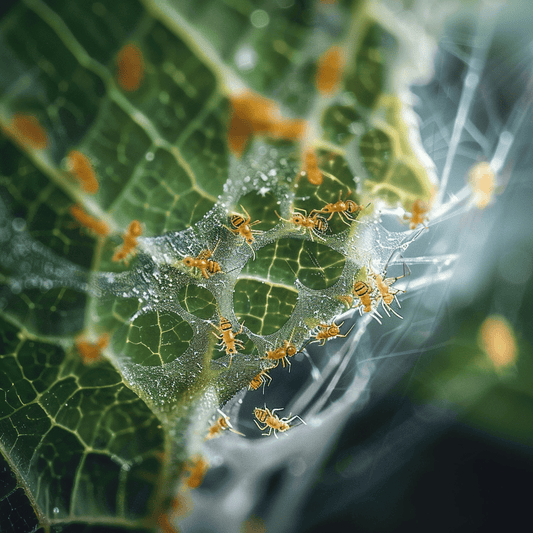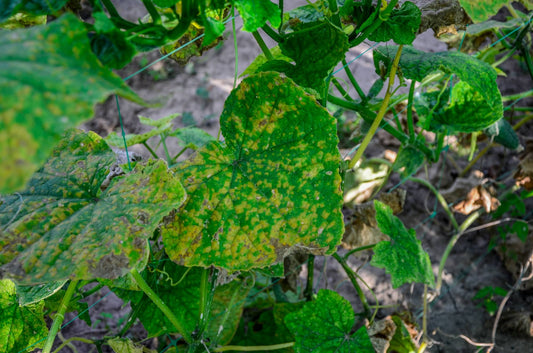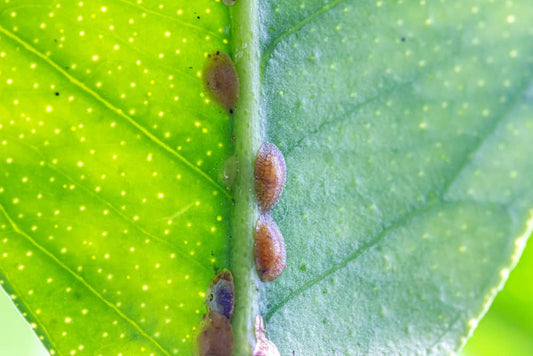Leaf miners, the larvae of various insects such as flies from the Agromyzidae and Tenthredinidae families and Liriomyza spp., represent a significant challenge to gardeners and hydroponic system operators alike. These pests live inside the leaf tissue of plants, creating visible trails or blotches that are actually tunnels through the leaf tissue. These signs not only mark the appearance of the plants but can also significantly impact their health and vigor.
Recognizing Leaf Miner Damage
The damage caused by leaf miners is quite distinctive, characterized by squiggly lines or blotches visible on the leaves where the larvae have tunneled through the tissue. Severely affected leaves may turn yellow and drop prematurely, a sign of significant stress and damage to the plant.
Life Cycle and Activity
Leaf miners undergo a complete life cycle that includes egg, larval, pupal, and adult stages. The life cycle's duration and the number of generations per year can vary significantly among species. They are most active during the warmer months; however, in the controlled environment of a hydroponic system, they can present a year-round problem.
Preferred Hosts and Conditions
These pests are not highly selective, infesting a wide range of plants but showing a particular fondness for leafy greens such as lettuce, spinach, and chard. Conditions that favor leaf miner infestations include overcrowded plantings with poor air circulation and plants that are under stress, particularly those with soft, tender leaves of young plants.
Prevention Strategies
Preventing leaf miner infestations involves regular monitoring of plants for early signs of damage, maintaining good air circulation among plants, and practicing good hygiene by promptly removing and destroying infested leaves to interrupt the pests' life cycle.
Treatment Options
For managing leaf miner populations, biological control agents such as parasitic wasps can be highly effective. The use of specific insecticides is generally discouraged in hydroponic systems due to the potential for harm to beneficial organisms and the plants themselves.
Home Remedies for Leaf Miner Control
- Neem Oil Spray: A solution made from pure neem oil, mild soap (as an emulsifier), and water can deter adult insects from laying eggs and help control minor infestations by disrupting the pests' life cycle at all stages.
- Soap and Water Spray: A mixture of mild liquid soap and water can suffocate and kill the larvae on contact, offering a straightforward method for managing infestations.
Both treatments involve mixing the active ingredients with water and applying them to the affected plants, ensuring thorough coverage, especially on the undersides of leaves where pests often reside. It's crucial to test these treatments on a small area first to ensure they do not harm the plant and to apply them during times of the day when the sun's direct rays are not on the plants to avoid leaf burn.
Monitoring and Maintenance
Regular inspections of new plants before introduction to the hydroponic system can prevent infestation. Additionally, the use of yellow sticky traps can help monitor and reduce adult populations, providing an early warning of potential problems.
In conclusion, while leaf miners can be a persistent problem in hydroponic systems, through diligent monitoring, preventative measures, and the careful application of treatments, it is possible to manage these pests effectively. By understanding the life cycle, preferred conditions, and treatment options for leaf miners, hydroponic gardeners can protect their plants and ensure healthy, vigorous growth.




